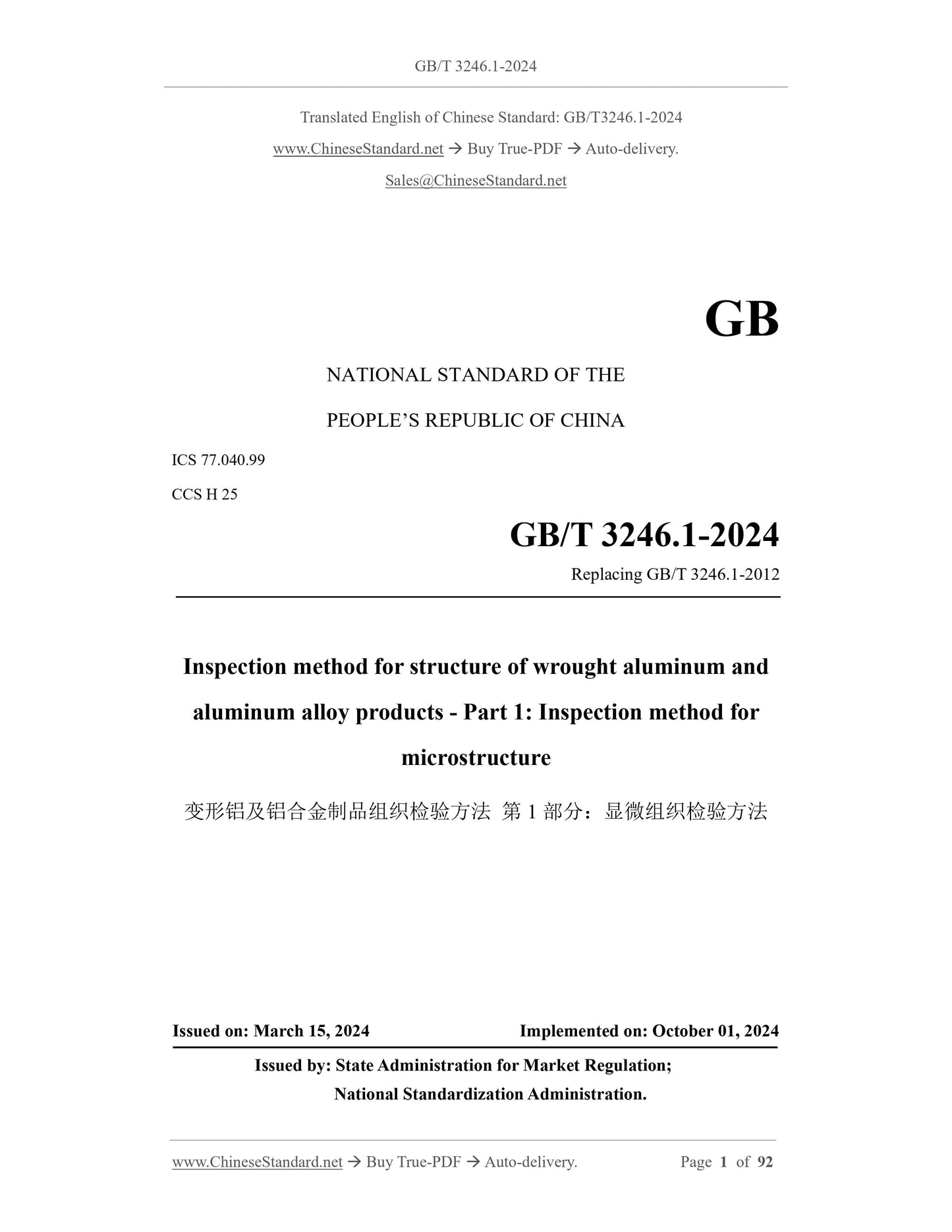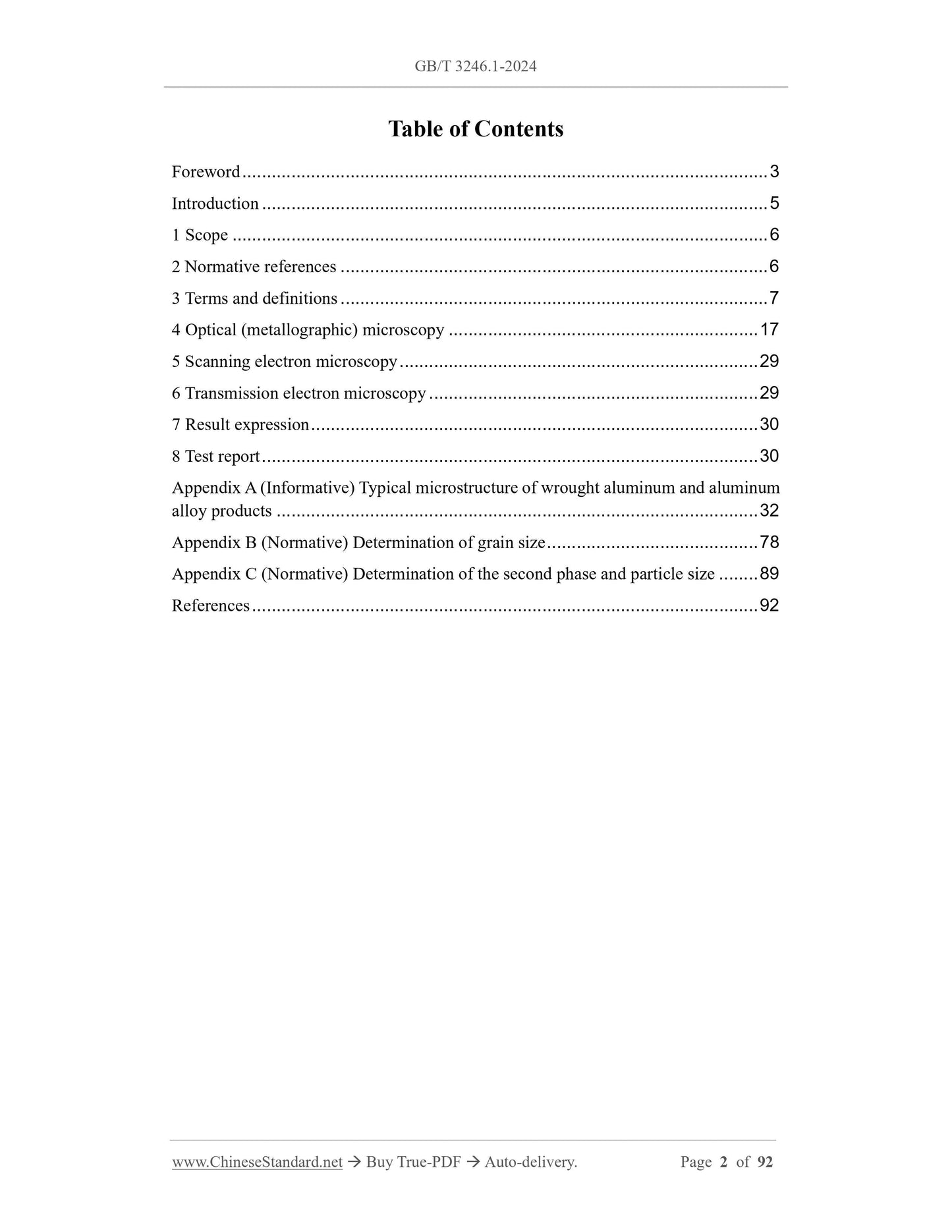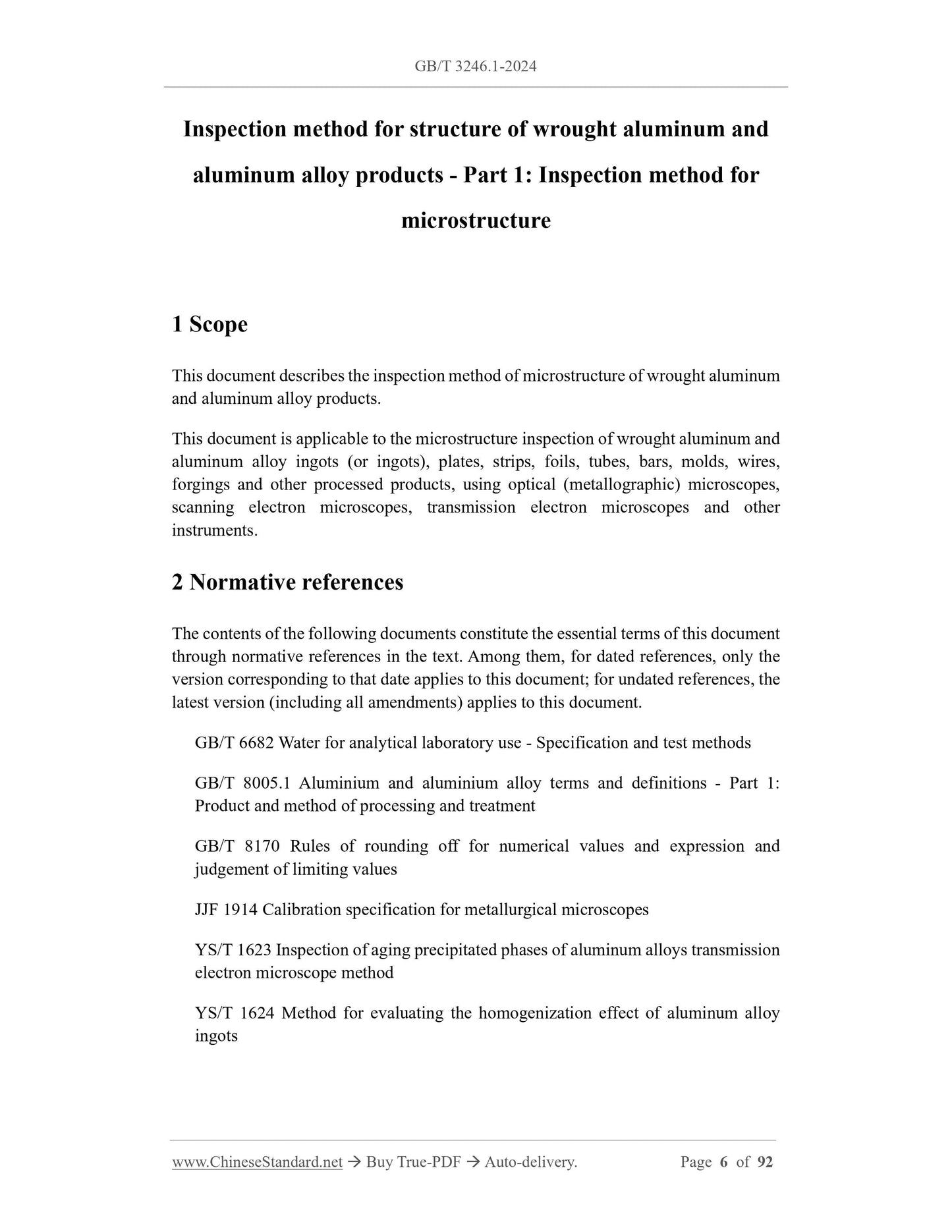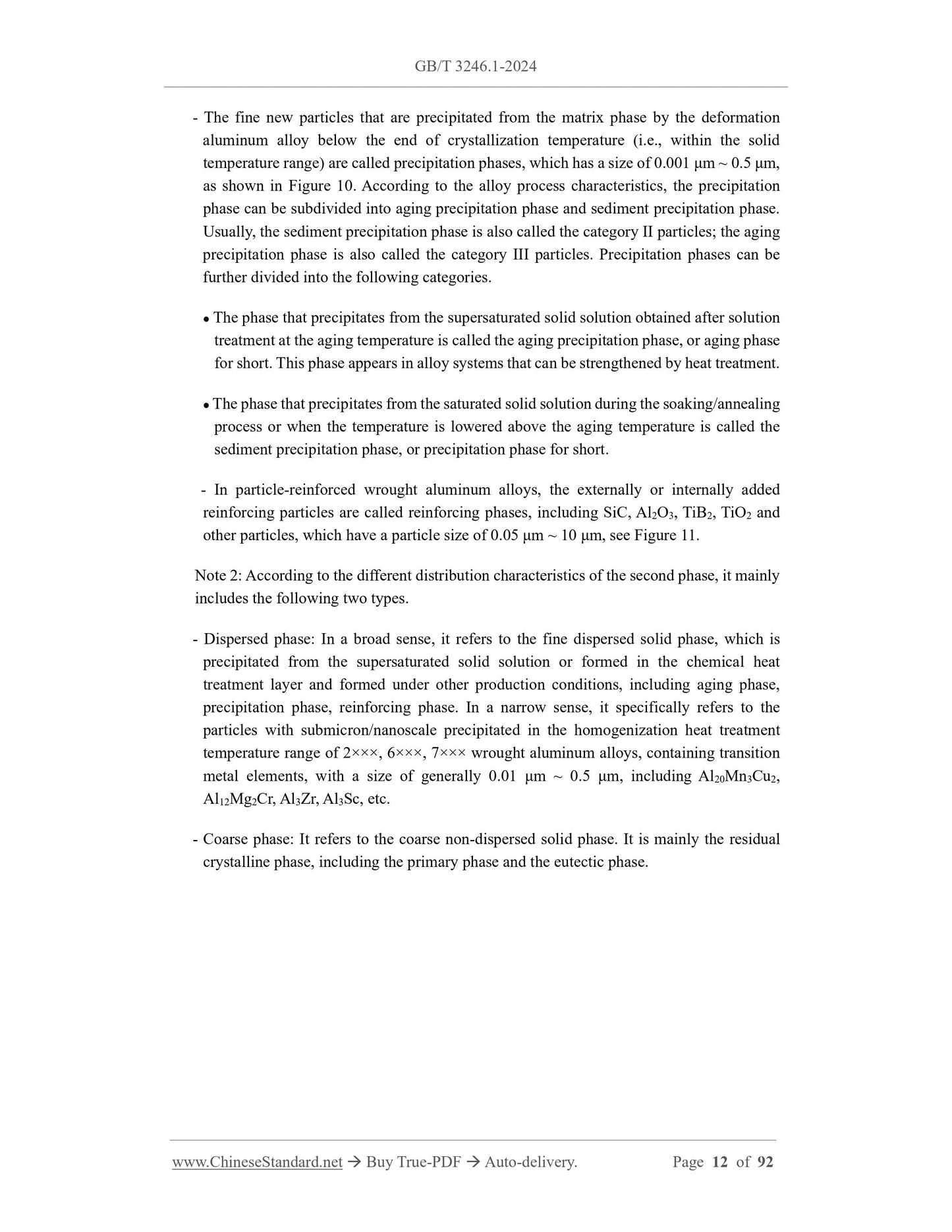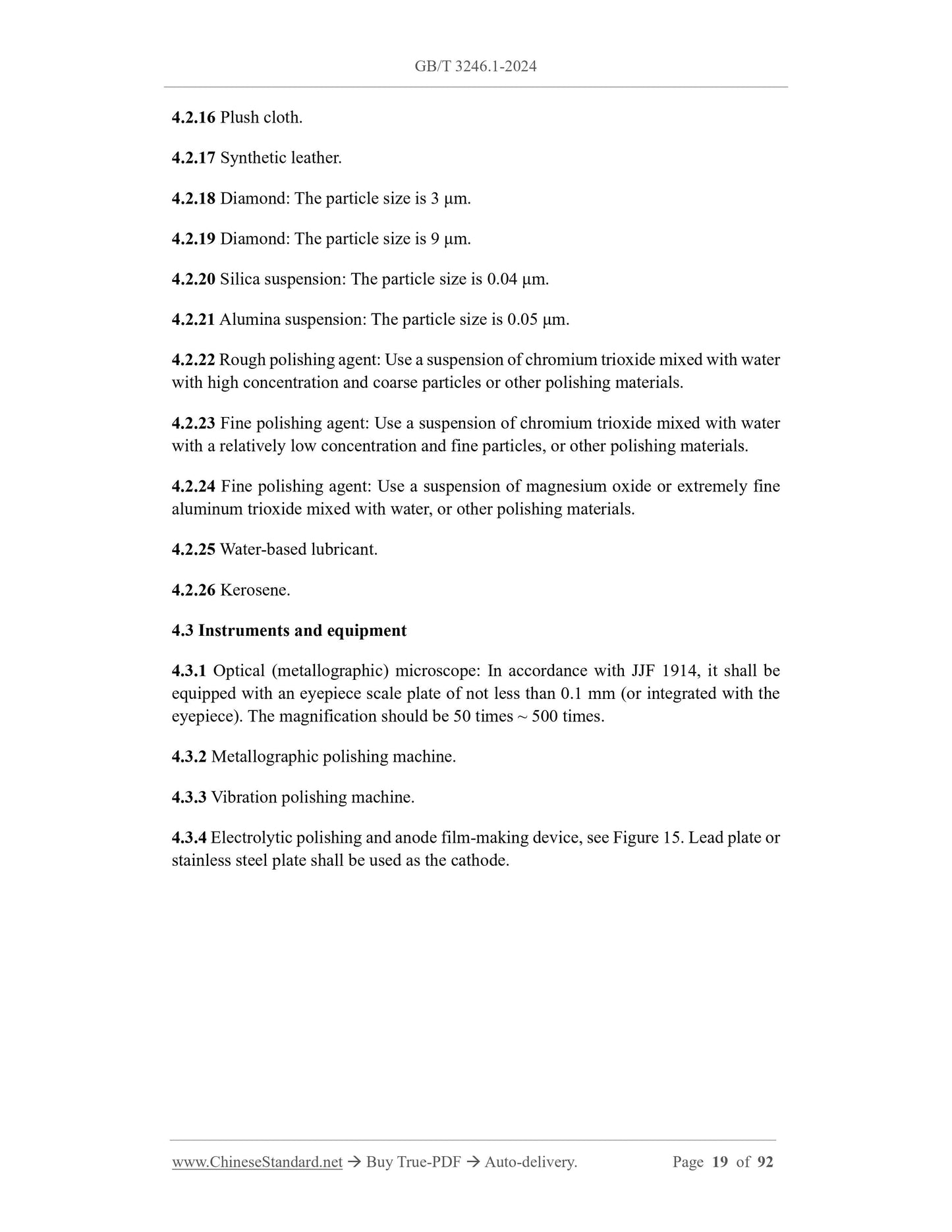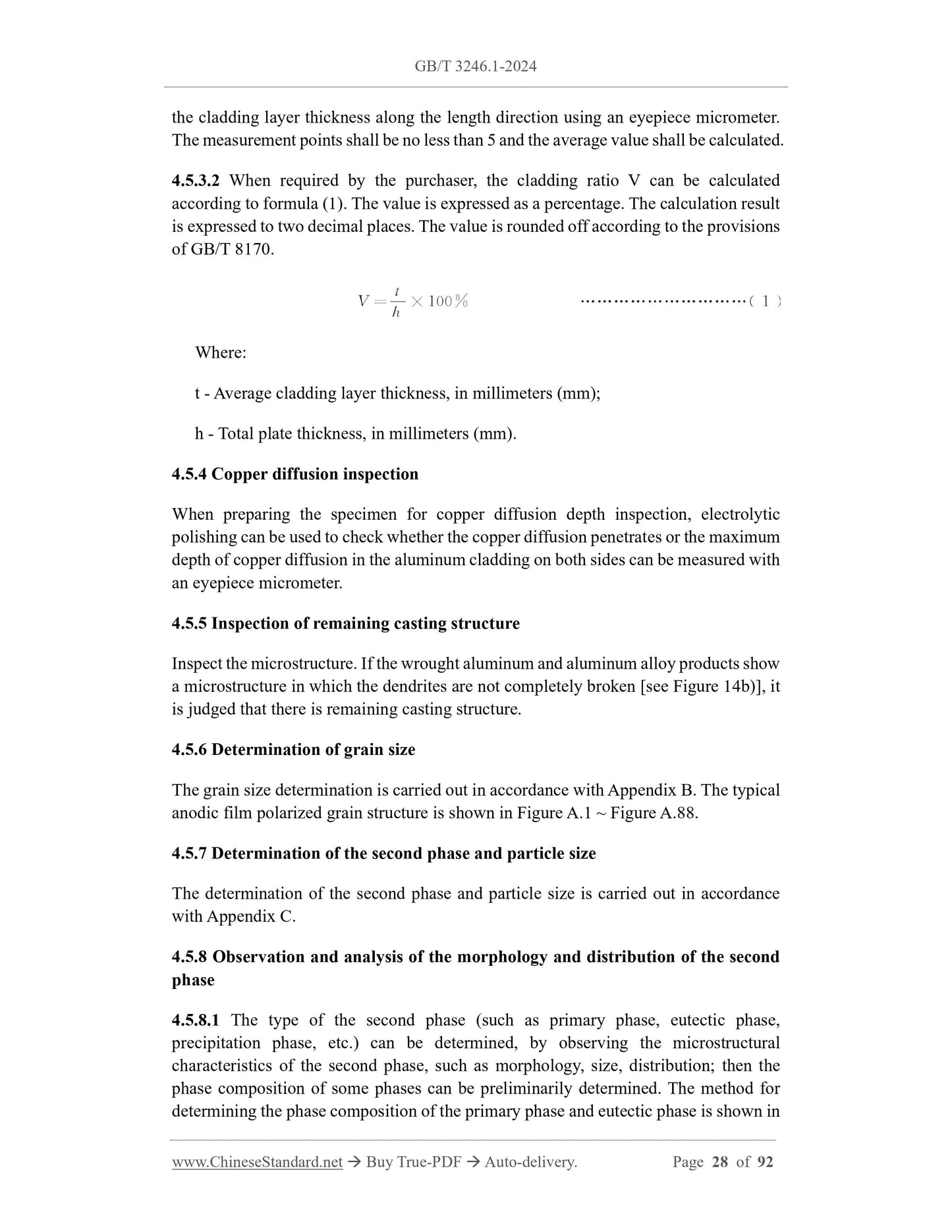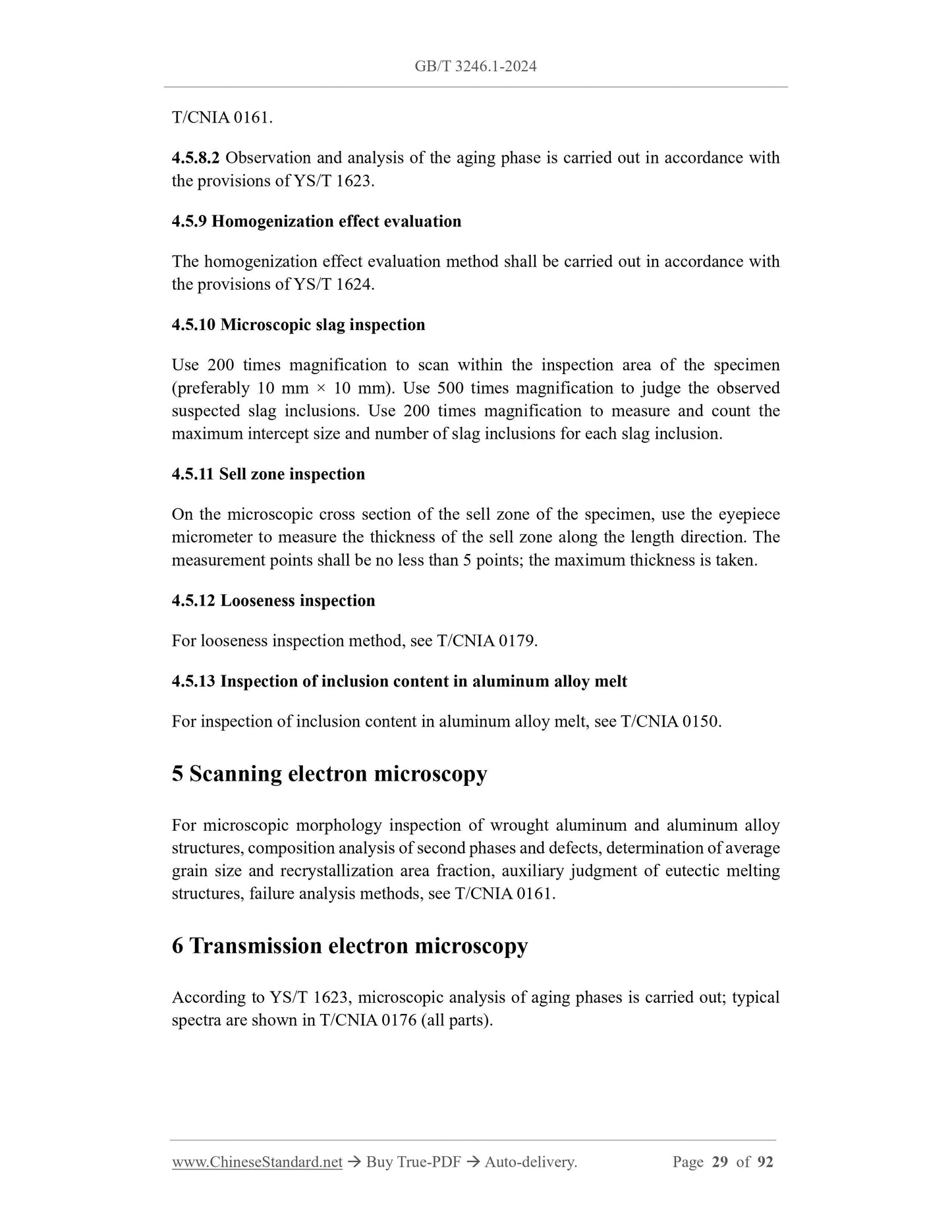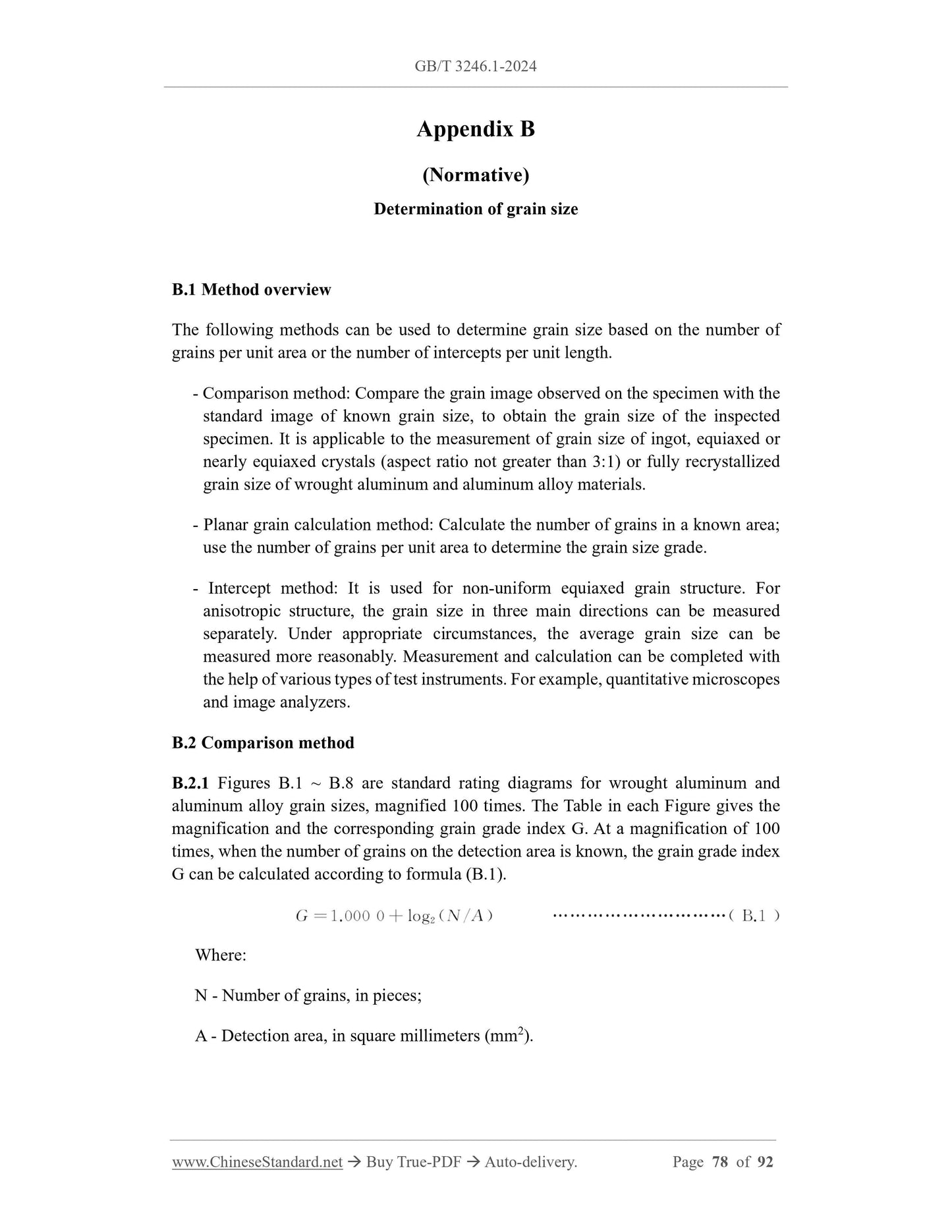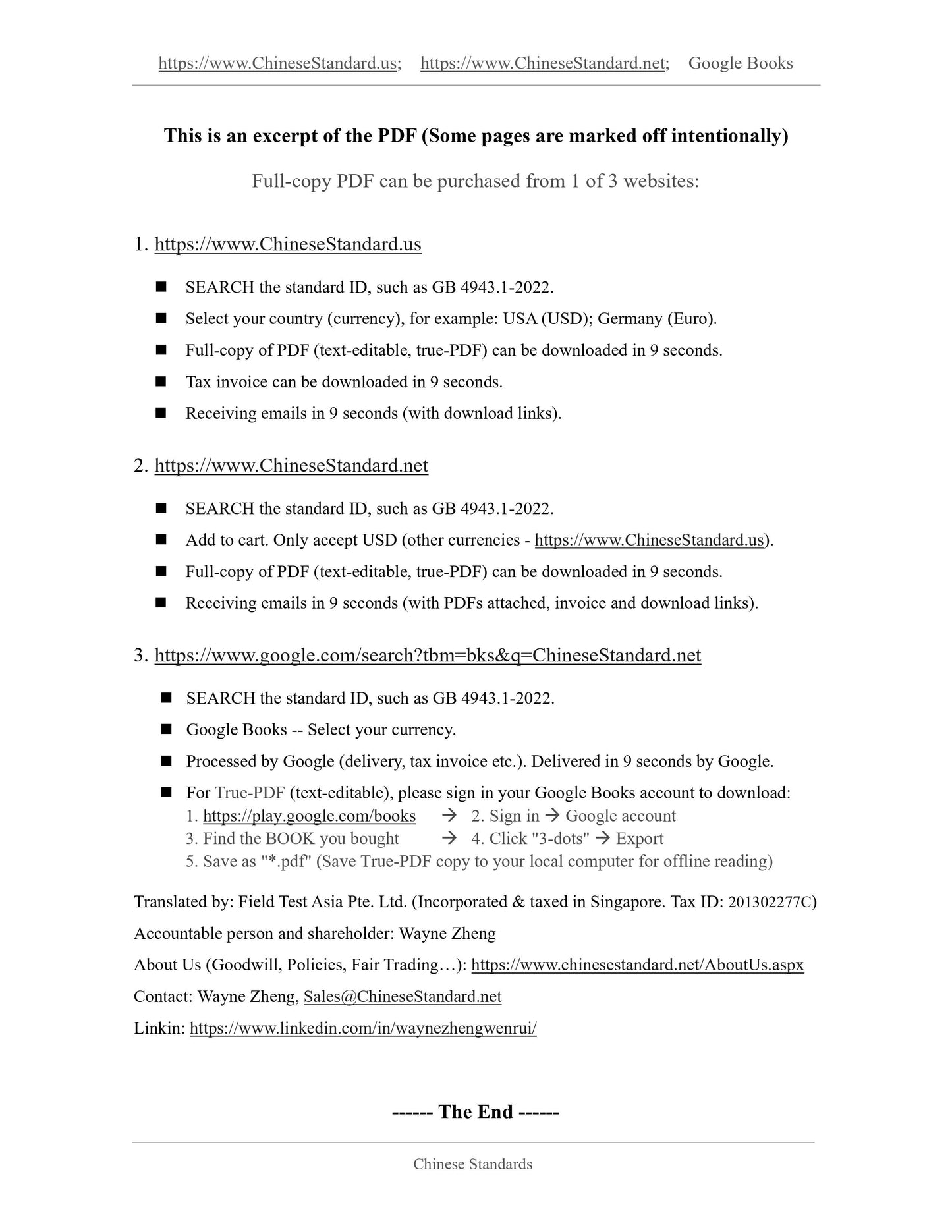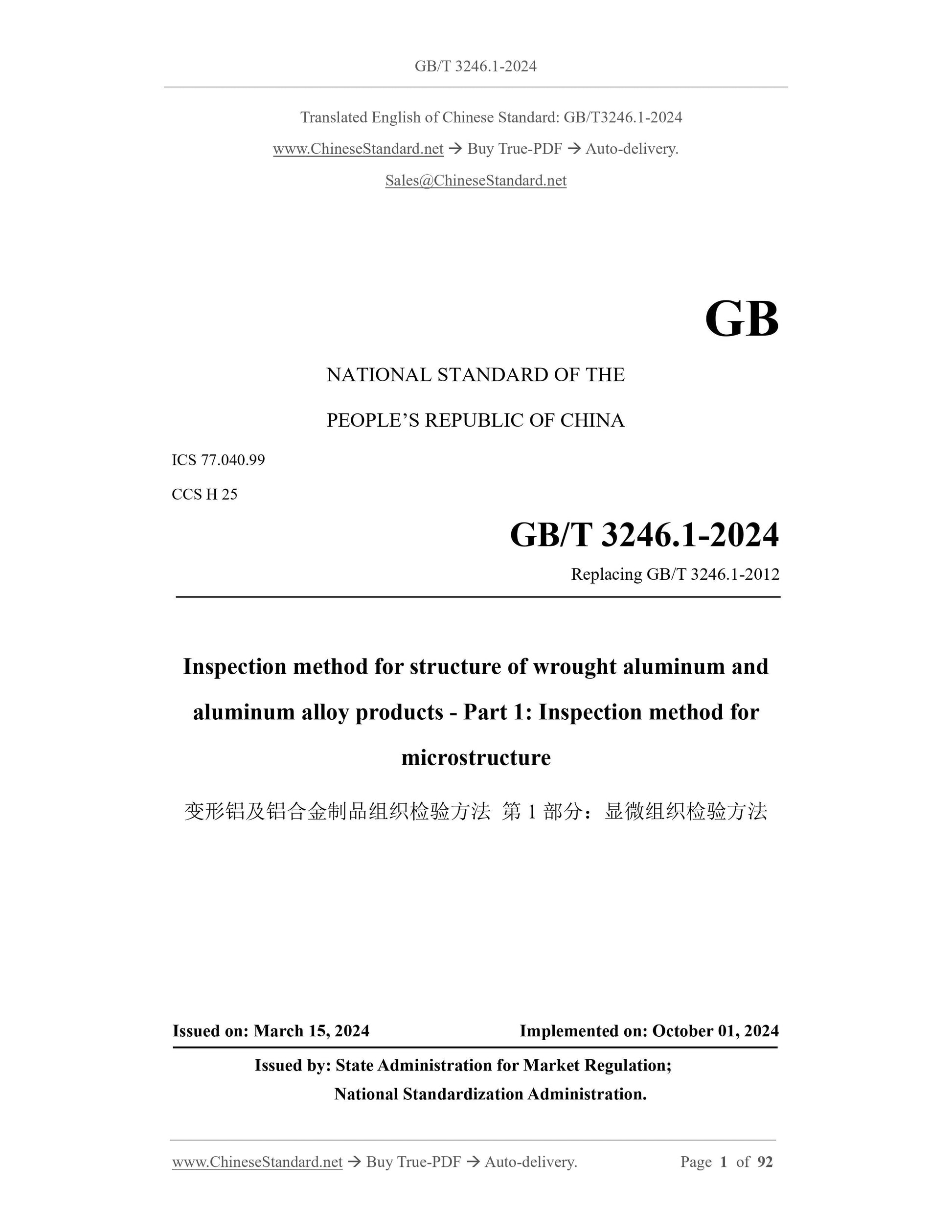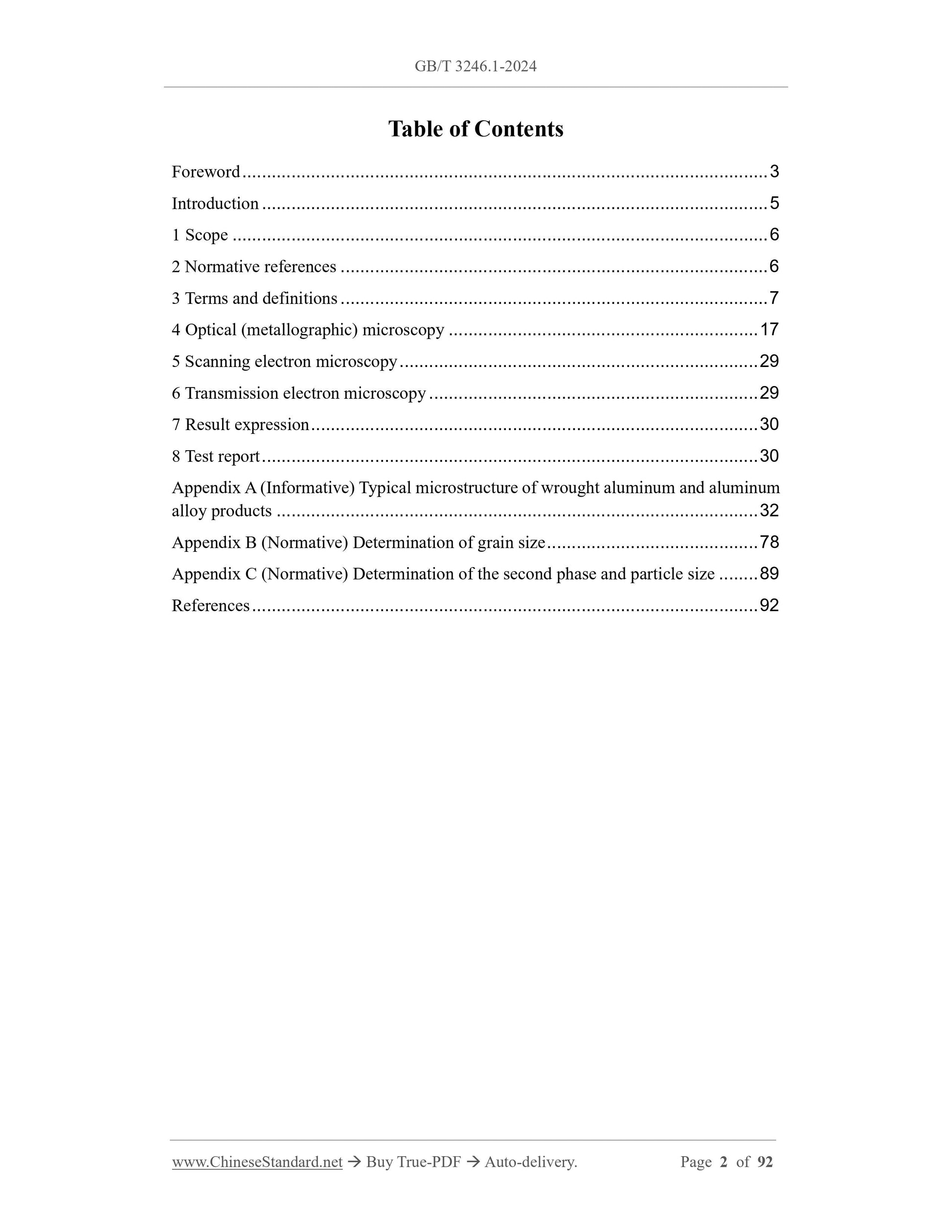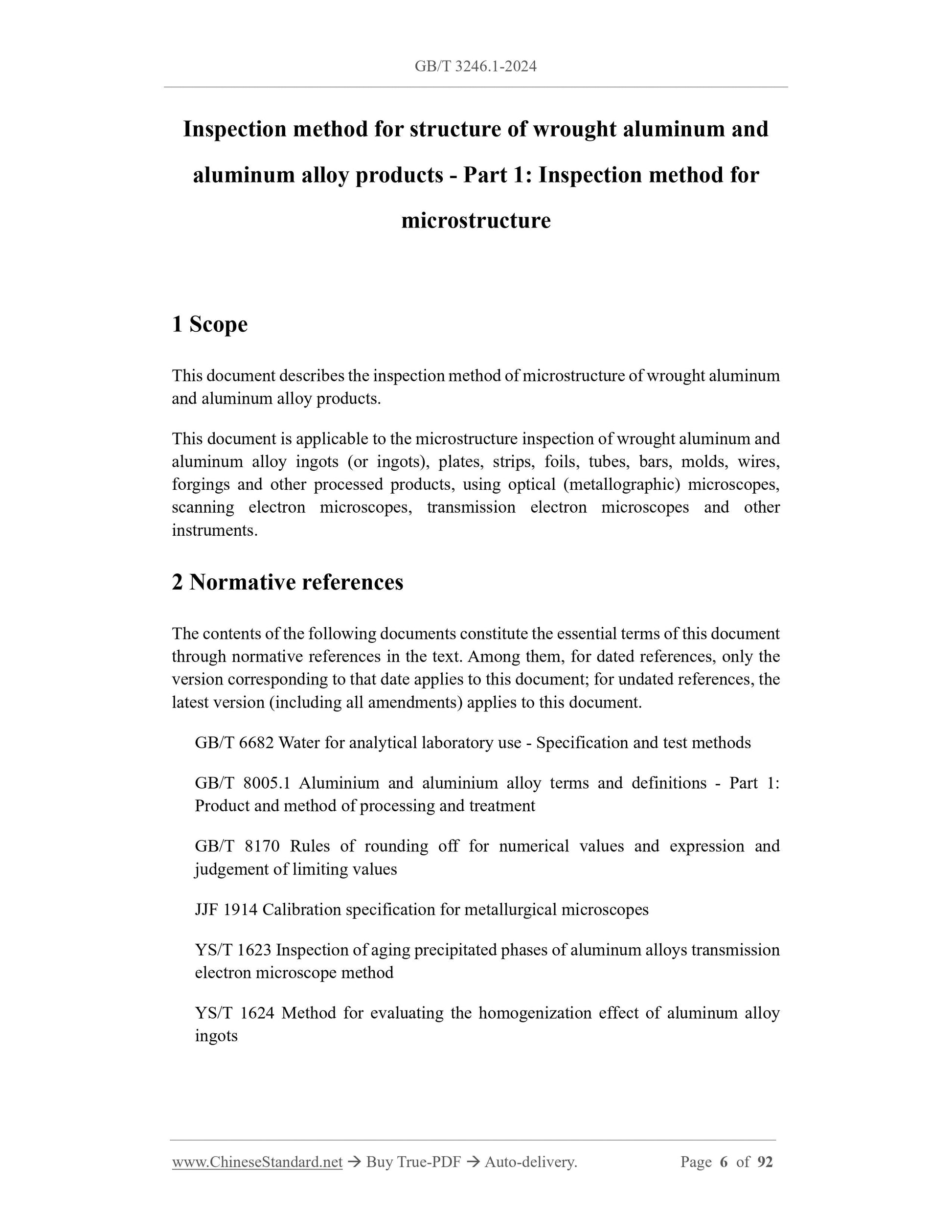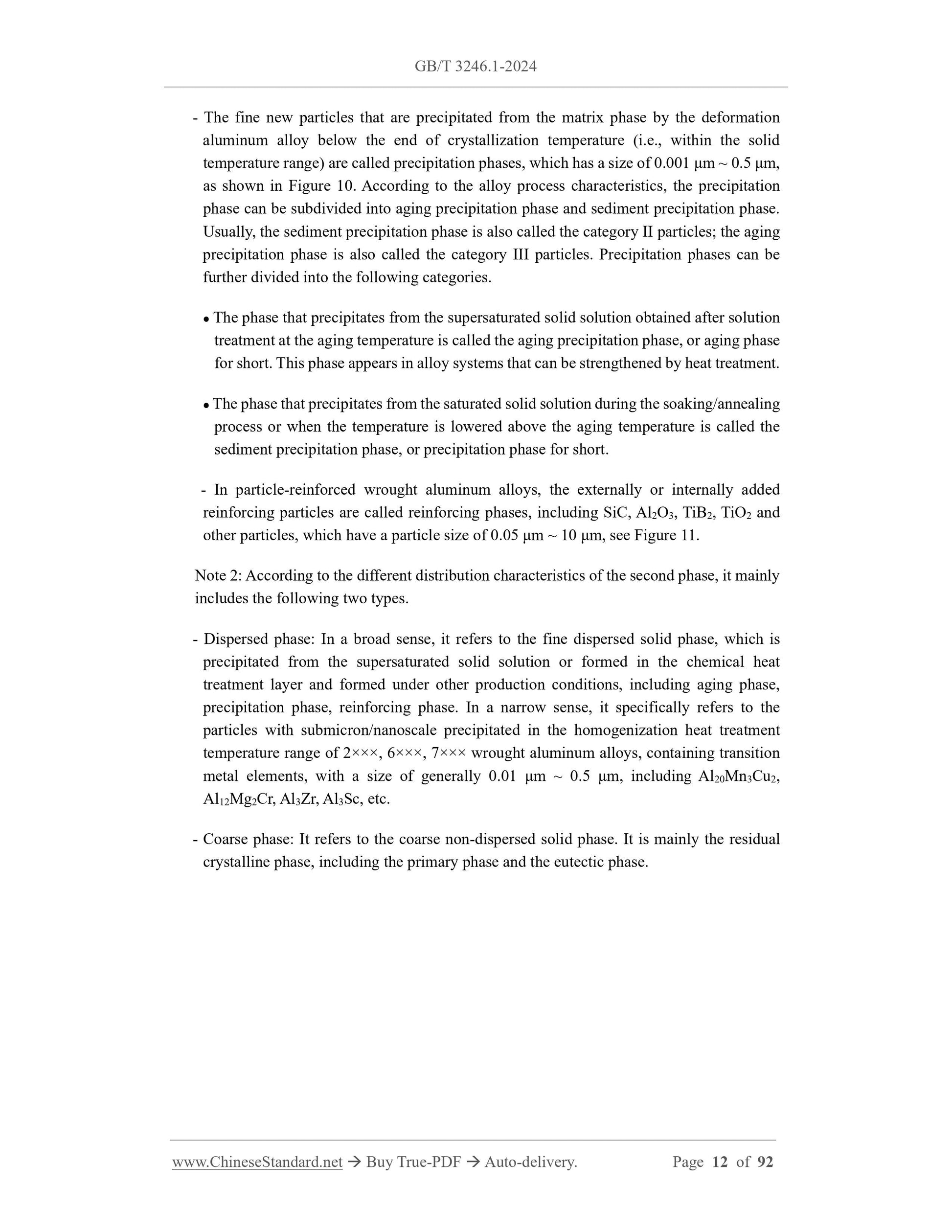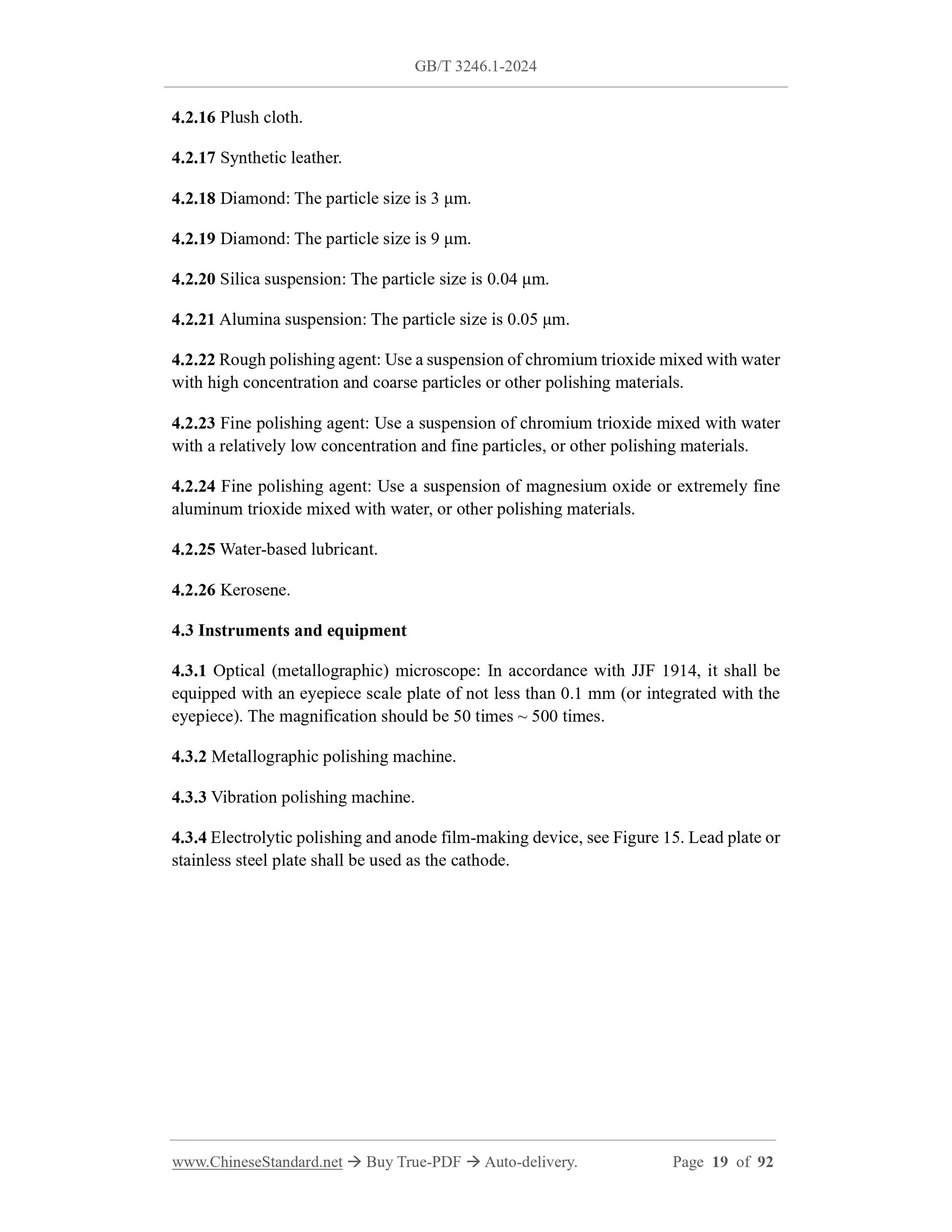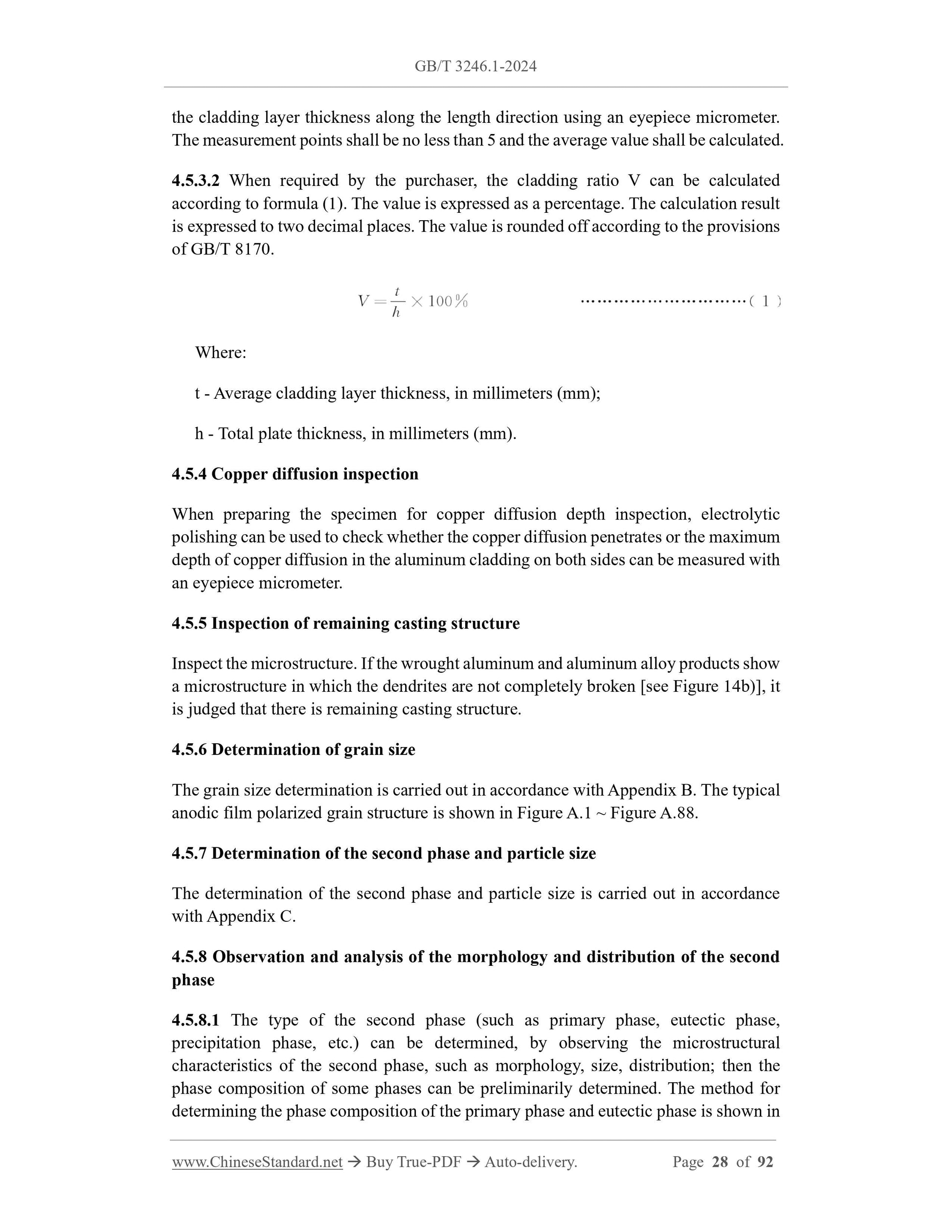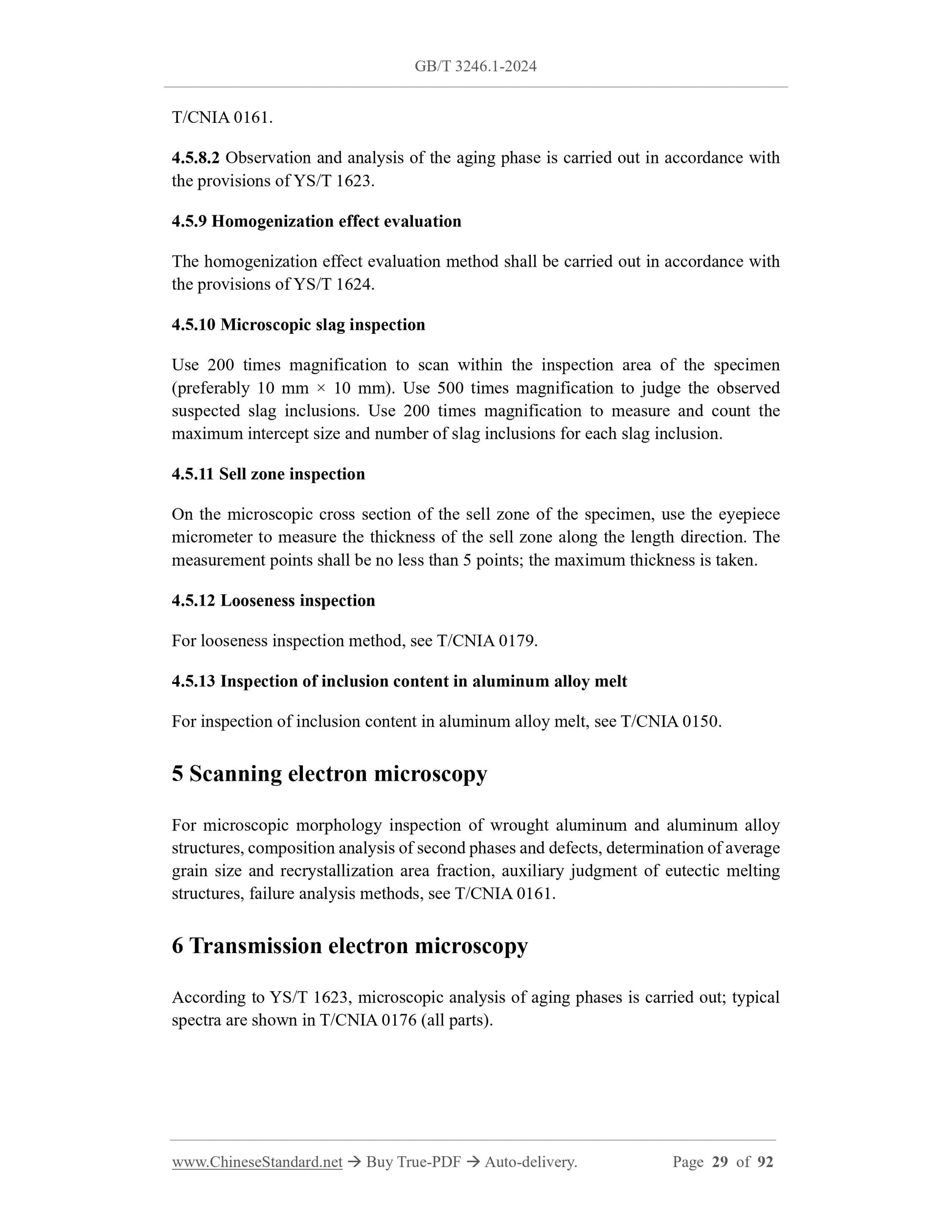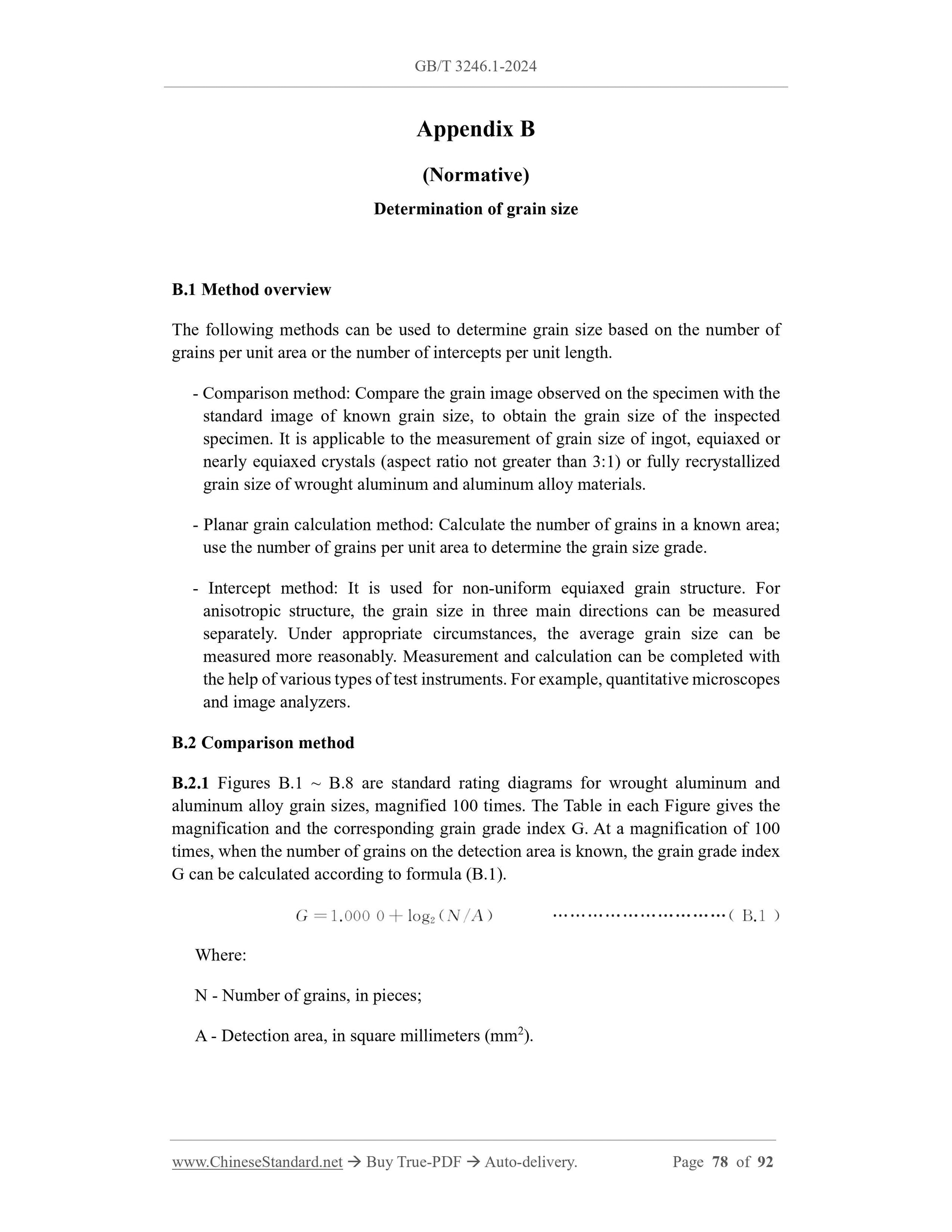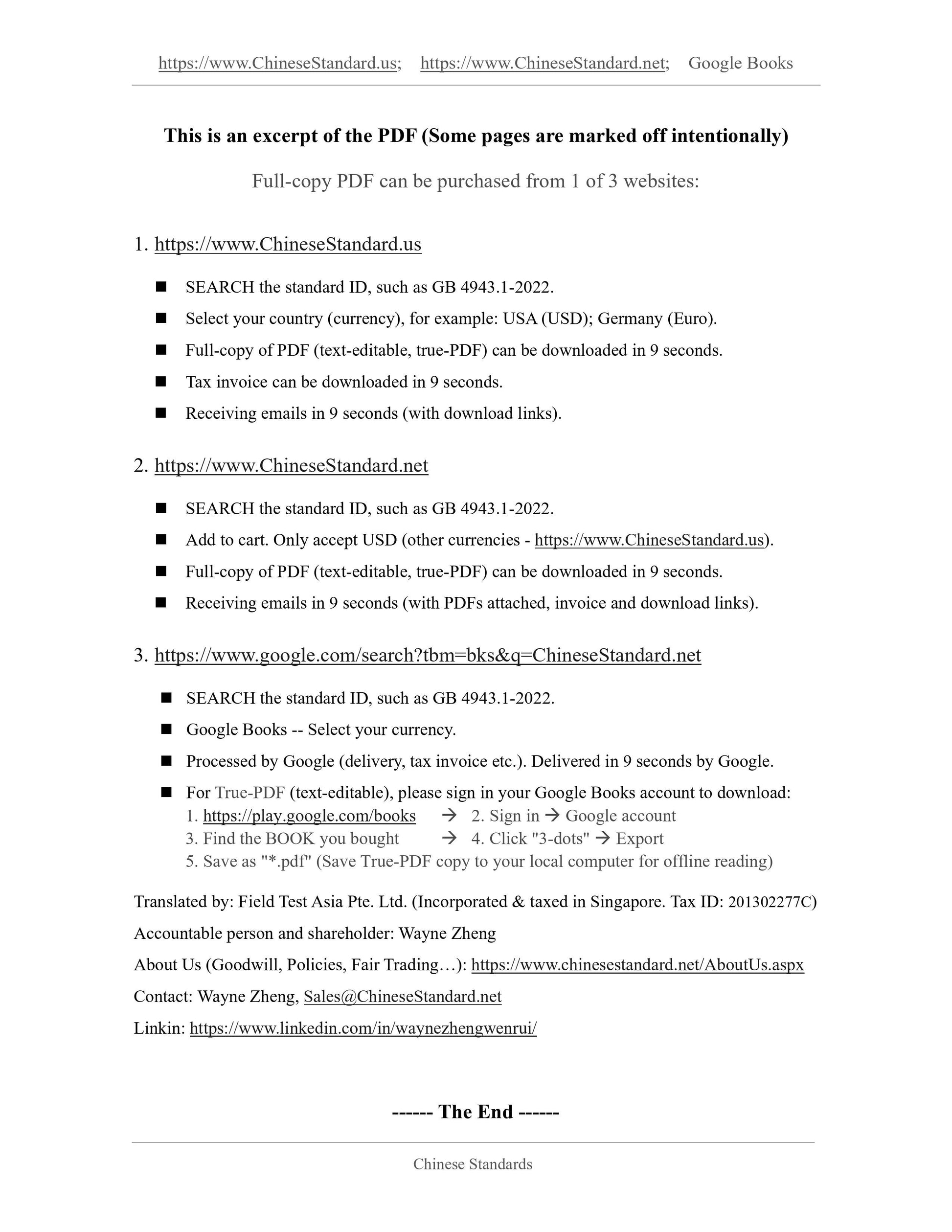1
/
of
9
www.ChineseStandard.us -- Field Test Asia Pte. Ltd.
GB/T 3246.1-2024 English PDF (GB/T3246.1-2024)
GB/T 3246.1-2024 English PDF (GB/T3246.1-2024)
Regular price
$1,060.00
Regular price
Sale price
$1,060.00
Unit price
/
per
Shipping calculated at checkout.
Couldn't load pickup availability
GB/T 3246.1-2024: Inspection method for structure of wrought aluminium and aluminium alloy products - Part 1: Inspection method for microstructure
Delivery: 9 seconds. Download (and Email) true-PDF + Invoice.Get Quotation: Click GB/T 3246.1-2024 (Self-service in 1-minute)
Newer / historical versions: GB/T 3246.1-2024
Preview True-PDF
Scope
This document describes the inspection method of microstructure of wrought aluminumand aluminum alloy products.
This document is applicable to the microstructure inspection of wrought aluminum and
aluminum alloy ingots (or ingots), plates, strips, foils, tubes, bars, molds, wires,
forgings and other processed products, using optical (metallographic) microscopes,
scanning electron microscopes, transmission electron microscopes and other
instruments.
Basic Data
| Standard ID | GB/T 3246.1-2024 (GB/T3246.1-2024) |
| Description (Translated English) | Inspection method for structure of wrought aluminium and aluminium alloy products - Part 1: Inspection method for microstructure |
| Sector / Industry | National Standard (Recommended) |
| Classification of Chinese Standard | H25 |
| Classification of International Standard | 77.040.99 |
| Word Count Estimation | 78,796 |
| Date of Issue | 2024-03-15 |
| Date of Implementation | 2024-10-01 |
| Older Standard (superseded by this standard) | GB/T 3246.1-2012 |
| Issuing agency(ies) | State Administration for Market Regulation, China National Standardization Administration |
Share
